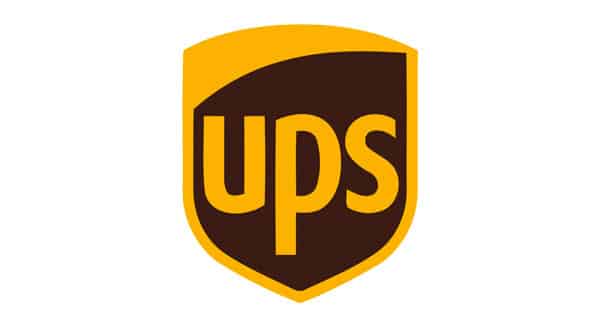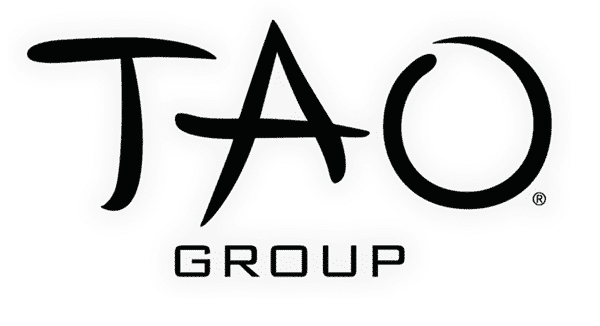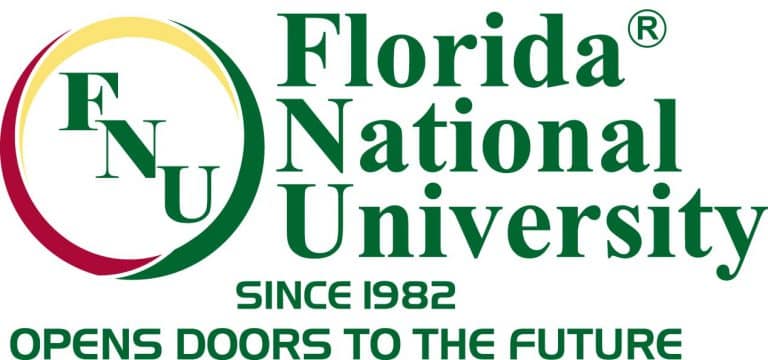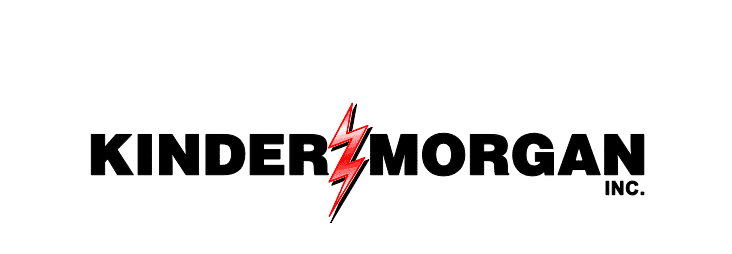Every e-commerce business wants to see their product on the digital “top shelf”. Google Shopping lets you do just that, but its real estate comes with a price. Google Shopping takes up the biggest slice in Google’s total Adwords spend. This goes to show just how much the competition is bidding to be in front of the customer.

Yet, is it really surprising that people are spending the most on Google Shopping ads? Studies show that images are better at grabbing people’s attention than text is. It is estimated that 84 percent of communications will be visual in 2018.
Google Shopping is effective because it helps you show your product through photos. Now that we know what it can do for you, let’s dive into how you can stand out from your competitors without burning a hole in your wallet.
Here are 4 aspects to look out for that can dramatically impact your shopping campaign’s performance:
Segment Campaigns For More Control (based on price, product, intention)
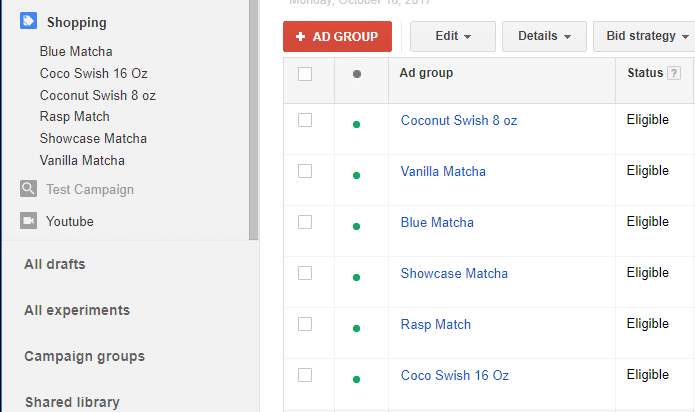
Organization and strategy are key to succeeding in Adwords, and it is even more important in Google Shopping. The more products being advertised, the more organization required. One of the first things to be analyzed before creating your campaigns is your products’ profit margins.
It’s important to make good use of campaigns and ad groups to separate products by Product Categories and Product ID. This allows you to adjust bids, set different budgets, and monitor the performance of each individual product group more effectively. Even in smaller accounts, each product should ideally have its own ad group to ensure maximum control.
Depending on how branded the products you’re selling are, you may want to create separate campaigns. One should be targeted towards branded searches and the other towards non-branded search terms. You should apply negative keywords to both campaigns to exclude branded and non-branded terms, respectively.
Add Keywords to Product Titles and Descriptions
In Google shopping campaigns, advertisers can’t target individual keywords by uploading them into Adwords. The primary data Google utilizes to link searches to your ads are your Product’s Title and Description.
This information is uploaded by advertisers on the Google Merchant Center product feed. There many different ways to upload a feed, but the way you write it ultimately defines who will see your ads.
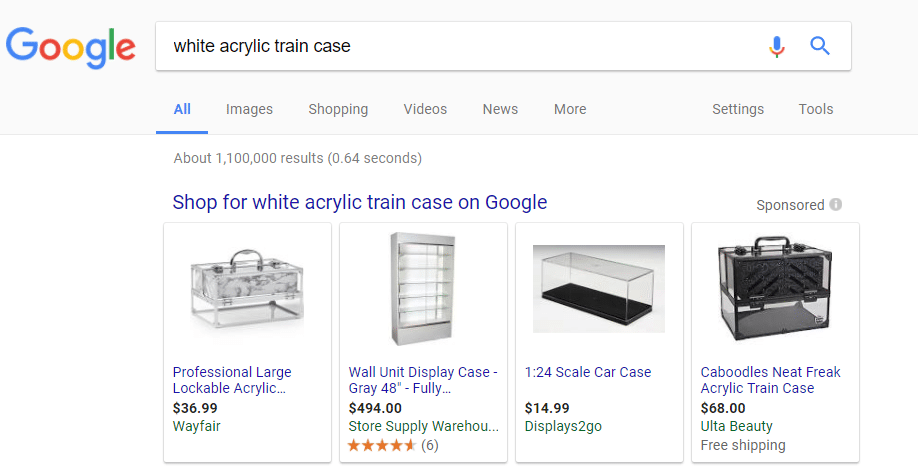
This is your opportunity to get found! Optimizing your product feed titles and descriptions are some of the most important factors in showing your ads to the right people. Don’t worry about not being able to use keywords with match types. Negative keywords are also a necessity in Shopping ads. These allow you to eliminate any irrelevant traffic your descriptions may trigger.
Use Remarketing Lists
The power of remarketing has been demonstrated time and time again, but even more so with e-commerce businesses. Typical studies show that returning visitors can easily have up to double the click-through-rate and conversion rate of new visitors.
One great way to take advantage of this is by creating a shopping campaign targeting exclusively returning visitors by selecting remarketing audiences in the campaign settings. This will allow you to focus and dedicate your budget on those visitors who are already familiar with your site.

Another one of our favorite options is using a hybrid campaign of Dynamic Search Ads with Remarketing Lists for Search Ads. These campaigns are also known as RDSA or Remarketing for Dynamic Search Ads. RDSA campaigns allow marketers to display Dynamic Search ads to your returning visitors.
Let’s say a person visits your shoe store’s website, and searches for a brand you sell. With an RDSA campaign, you can show your ad to them with a personalized headline. This ad can match the exact term that they searched for.
Use Google Merchant Promotions
As fierce as the competition is getting on Google Shopping, there are always ways to stand out. Deals and Promos always speak to customers, and Google has added just the feature that captures a customer’s attention. Google Merchant Promotions allows advertisers to include a special promotion or coupon code to their Google Shopping ads.

Customers instantly see this, as the blue link stands out between the Shopping images and Titles. From personal experience, implementing these promotions consistently increases conversions and click-through-rates.
There is a big advantage here since many advertisers still haven’t taken advantage of Merchant Promotions. On average, only about one third of Shopping ads on Google Shopping actually include a Merchant Promotion. Although promotions aren’t for everyone, this is definitely something to consider when running a sale or trying to clear out stock items.
Final Thoughts
In 2018, Google Shopping may become as prevalent as Amazon when it comes to ready to shop customers. With millions of impressions per day, Google Shopping done right can be a huge asset for any E-commerce business.
This article was written by our all star PPC Specialist Jacqueline Torres.









